Magazine B No.73 CHANEL
480.000₫
Welcome to the 73rd edition of B.
“Why don’t you cover fashion brands?” Until a few years ago, we used to get this question from readers or friends frequently. Of course, we have covered various brands of bags, shoes, and sunglasses since the inaugural edition of Magazine B, but it was only recently that we started to study brands dedicated to “fashion” in the classical sense of “high fashion” brands who play pivotal roles in leading and setting trends for the fashion industry. We became even more acquainted with fashion when we introduced Maison Margiela and Acne Studios. But in this edition, we introduce Chanel, a brand that spans across an entire spectrum of fashion, cosmetics, and fine jewelry. We looked at the brand’s past, how it was conceived and evolved over the years, and we looked at how it currently influences all aspects of the luxury goods industry.
Nowadays, young consumers are attracted to small and distinct concept brands called “niche” brands or brands operating in the form of studios, collectives, and labs. In this context, what does it mean to talk about Chanel, the fashion empire? It is interesting to note that Gabrielle Chanel was a rebel who broke all the rules and conventions when she created Chanel in the early 20th century. First and foremost, she was not a man but a woman who designed for herself rather than for a muse. She brought modernity to fashion at a time when corsets and elaborate decorations were still all the rage. She was inspired by many things around her and used them as symbols, like the double C logo, or taking numbers like 5 and 2.55 to name her perfumes and handbags, showing how far ahead of her time she truly was.
Gabrielle Chanel was an experimentalist and revolutionist, but at the same time a romanticist. Here, “romance” goes beyond the relationship between lovers. Chanel could see objects around her with love: she drew energy from her childhood memories, the cities she visited, and new acquaintances, and then she infused this energy into her creations. Chanel as a brand is a world of tweeds, pearls, camellia, quilted patterns, lions, and many other impressionable images. In short, it is a world of symbols. This is the essence of Chanel, the legacy which Karl Lagerfeld reinterprets and reinvents as esteemed art director. Despite the stereotype of high fashion being elitist, Chanel exudes a feeling of optimistic energy thanks to the underlying spirit of founder Gabrielle Chanel—a spirit born from the creator’s sense of ownership over her own life.
I would be remiss to neglect mentioning how Chanel focuses on the monumental Métiers d’Art collections and recognizes these ventures as main drivers for future business. Through a series of acquisitions, Chanel has formed a coalition called Paraffection that regroups 26 maisons d’art and manufacturers specializing in crafting buttons, feathers, embroidery, goldsmithery, and hats. These ateliers are a rich source of savoir faire for Chanel, and this cultivated heritage is brought to life through the creativity of Karl Lagerfeld and the Creative Studio with each Chanel collection. Some of the artisans featured in the Chanel Métiers d’Art collections maintain a proper brand, and most of them also work with other luxury fashion houses to keep their creativity alive and remain competitive. What we witnessed, though, is that Chanel is still the same spirited pioneer it was 100 years ago, and it continues to forge new future paths for the whole industry. Chanel understands that a thriving ecosystem is vital to the success of individual brands. Through this edition, I’ve come to wonder if we’ve been overlooking the fact that the new, small brands that excite us today are flourishing in the house that heritage brands like Chanel built.
Cho phép đặt hàng trước


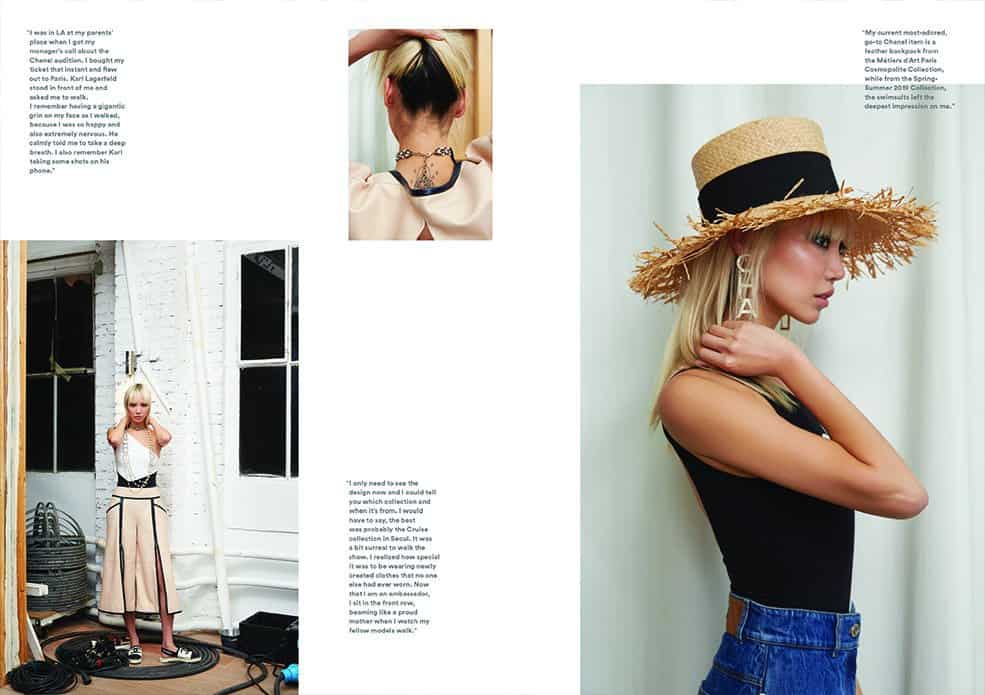
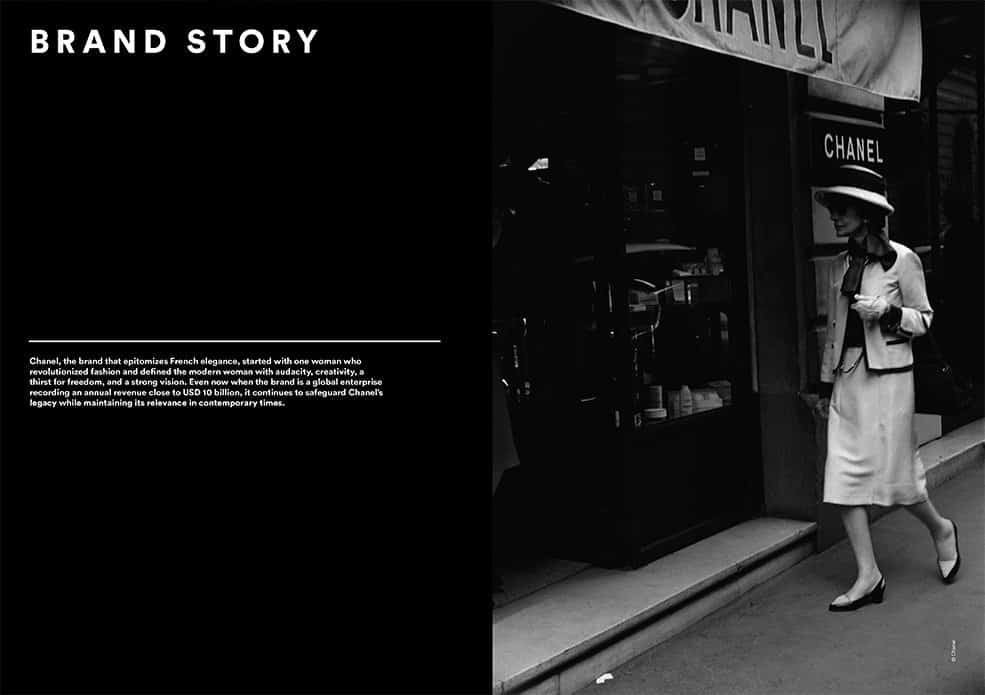
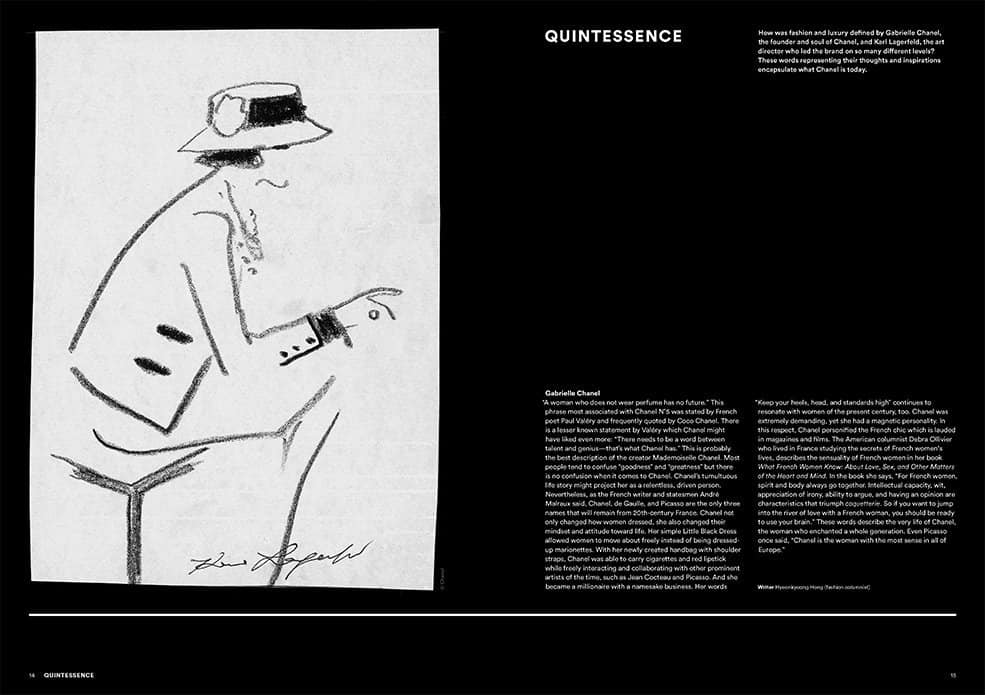
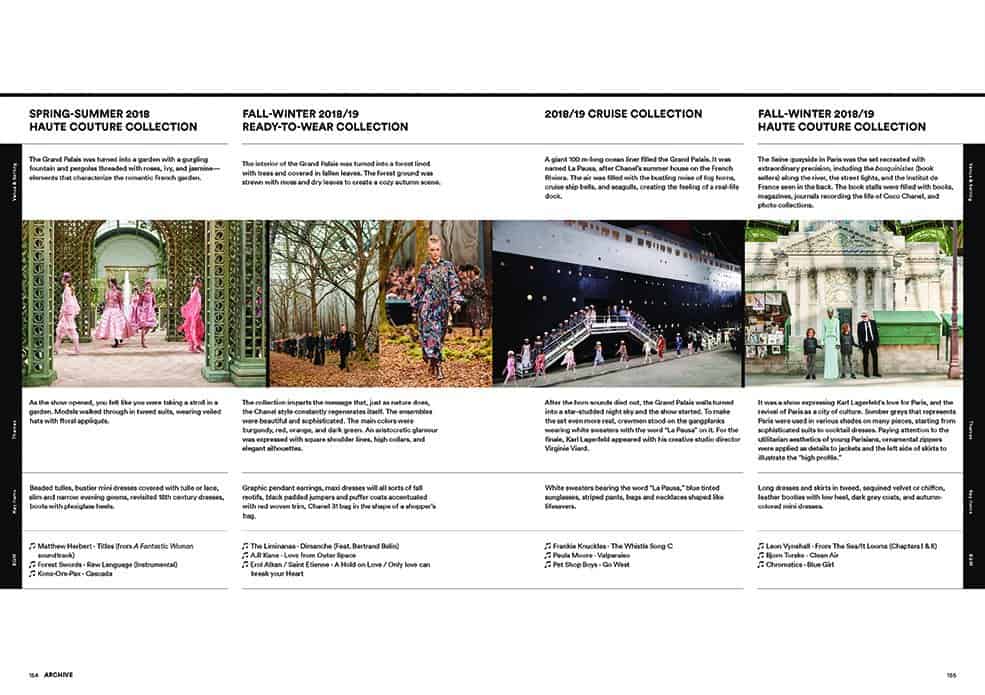
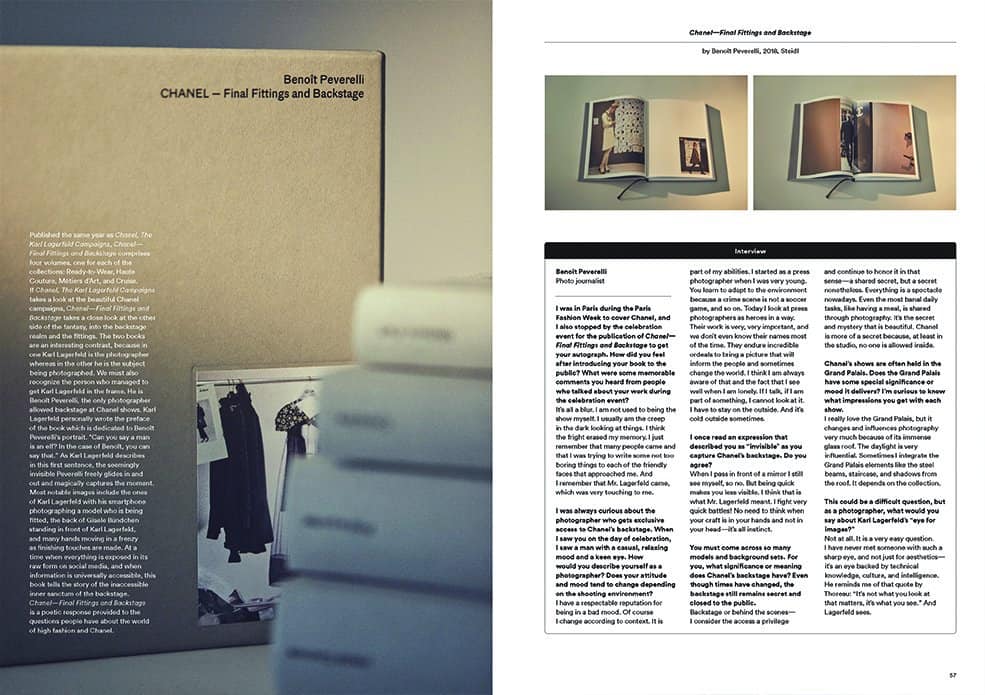
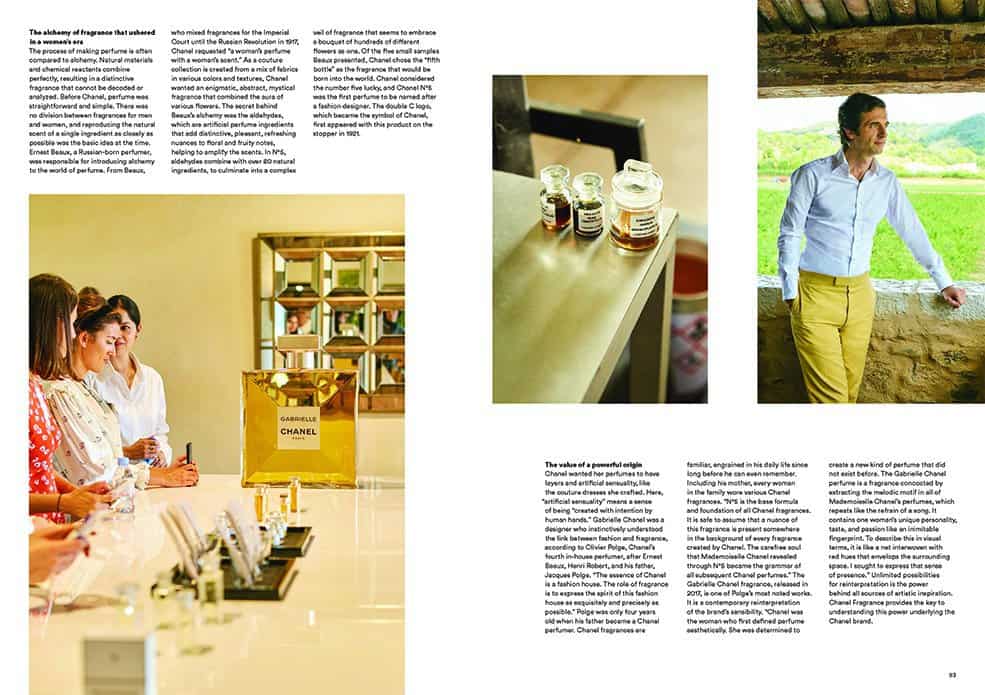

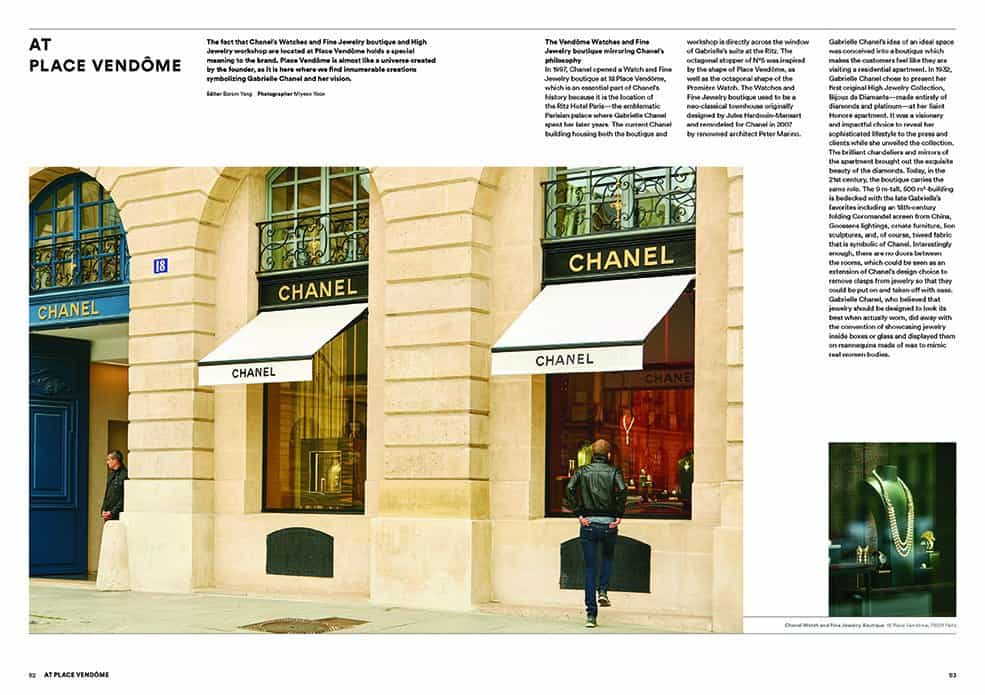
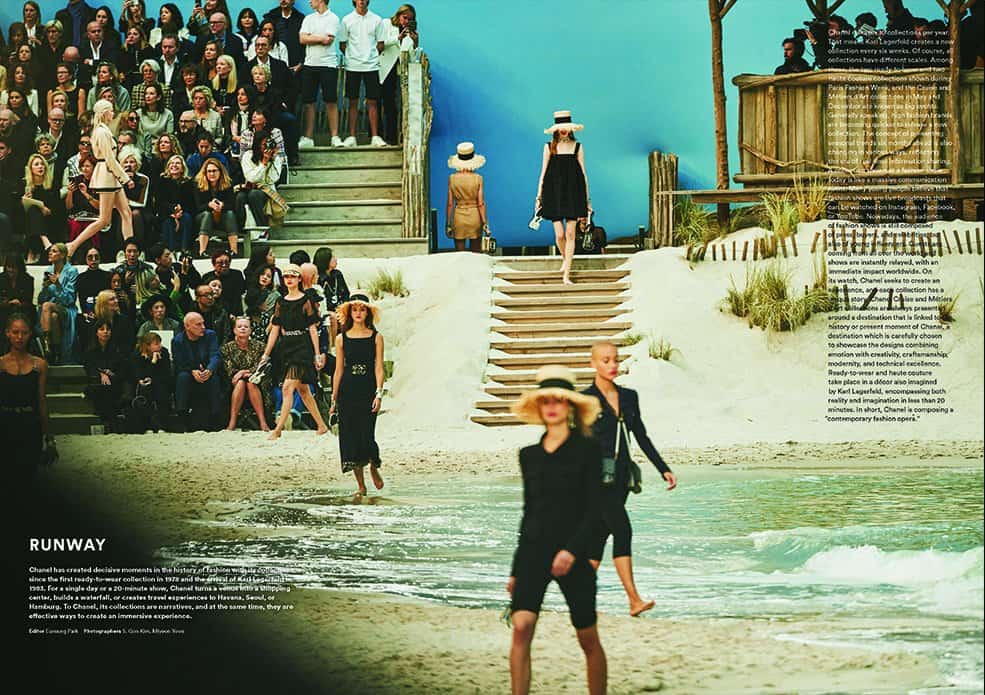

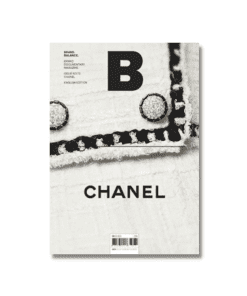
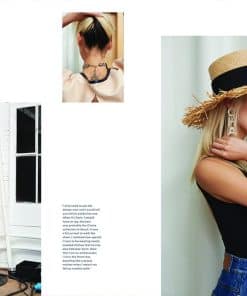
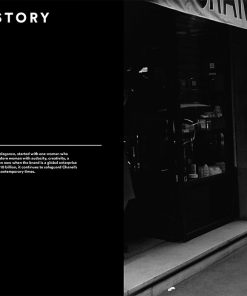
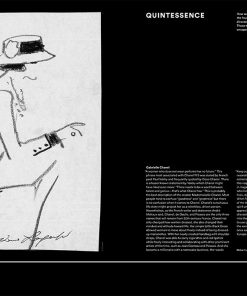
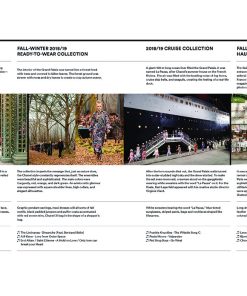
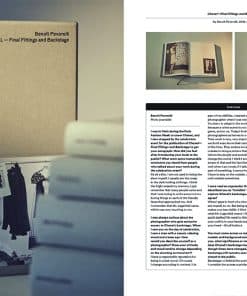
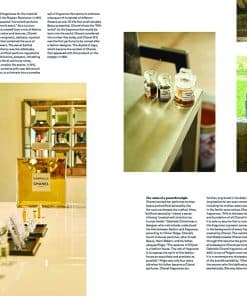
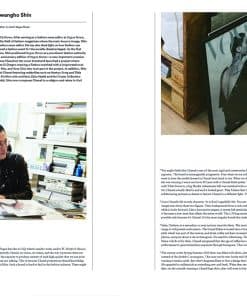
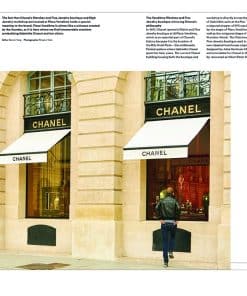
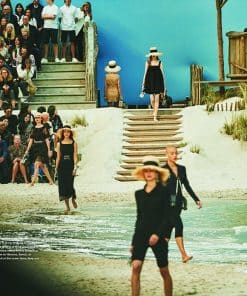
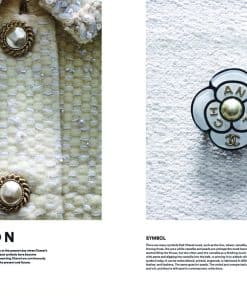
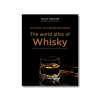
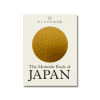

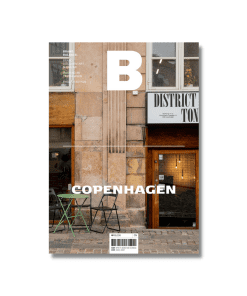
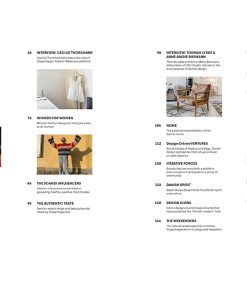
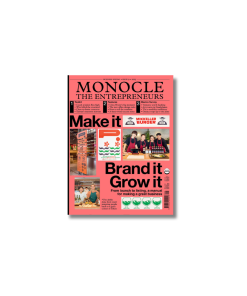
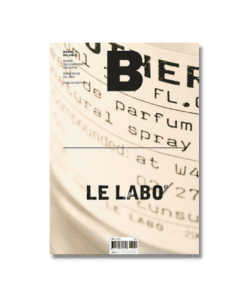
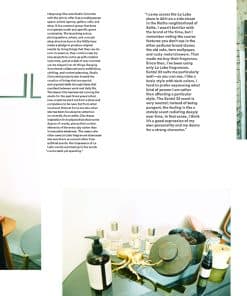

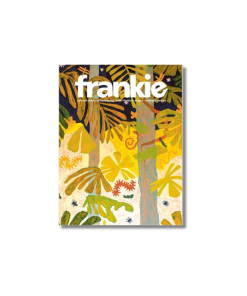

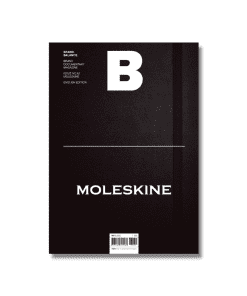
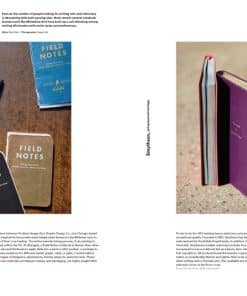
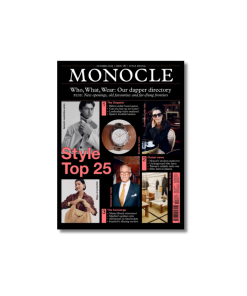
Đánh giá
Chưa có đánh giá nào.